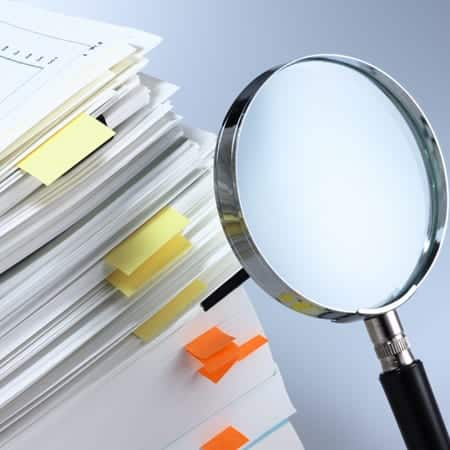Knowledge and Insights
A Sustainable Business Model – More Important Than Ever

I’ve been helping numerous clients work through recent challenges stemming from funders’ demands, many of which are changing an organization’s entire way of getting paid. Take, as an example, a human service provider agency funded primarily with state grants throughout its entire history, whereby if they spent $1 on providing approved services, the state would reimburse that same $1. For more than 20 years, that agency had to come up with an annual budget to provide the requested services, submit it to the state, get the state to approve it; and, upon approval, receive 1/12 of the annual budget. As long as the agency abided by all of the cost reimbursement contracting rules – voila – its job was done. I am oversimplifying just a bit, but you get the picture.
All of a sudden, the state no longer wants (or can afford) to be in the middle of the federal funds it pays over to agencies, saying to them, “you bill Medicaid and get paid for the services you are providing; we are finished being the middle man.” Now, an agency needs to set up a revenue model that I would liken to a hospital or physician’s practice. It needs to run a business, marketing itself to support coordinators, checking on insurance coverage for the consumers, setting up and utilizing a medical billing platform, and understanding the risks associated with collecting payment from the insurance payers and any co-pays from the consumer. These are daunting tasks for many.
I can tell you from personal experience helping agencies transition through this new model that it is imperative to know your numbers and understand every facet of running a business. If you don’t understand any of the key components, you need to go buy the services from people who know. You need to understand where you are today and where you need to be in the future and identify all gaps in between. Once you identify the gaps, you need a solid plan to address them with a clear outline of the gap, the system or platform required to fill the gap, every aspect of the system, the users of the system and their ability to use it or be trained to do so. You need to have a go live date and work backwards from there, sometimes filling in gaps with tentative information or best guess assumptions.
How do you know it will be sustainable? Once you look at the gaps and solutions, you have to understand the costs associated with each step. Some costs will be one-time investment costs and others will be ongoing. You start with your current costs in the existing business model and then determine what additional resources you will need to implement change, thereby affecting the costs of the platform/model tomorrow. Then, calculate your fully-loaded costs of performing each service and then compare that cost to the revenue associated with that service; you either have a profit or a loss. Next steps could entail changing how you associate costs with services. Indeed, there are ways to allocate costs differently.
Why am I boring you with all of these technical accounting concepts? Because I can guarantee you that the devil of a sustainable business model is in the detail. You’ve got to know the numbers!
While many of our clients are forced to make change, change is good. Every year, your organization should revisit its business plan and model for sustainability and your board of trustees should weigh-in on them as well. Mercadien’s Nonprofit & Human Services Group can help you brainstorm, to analyze your gaps and fill-in your solutions. Let us know if you need assistance by calling 609-689-9700 or emailing me at sritter@mercadien.com.
